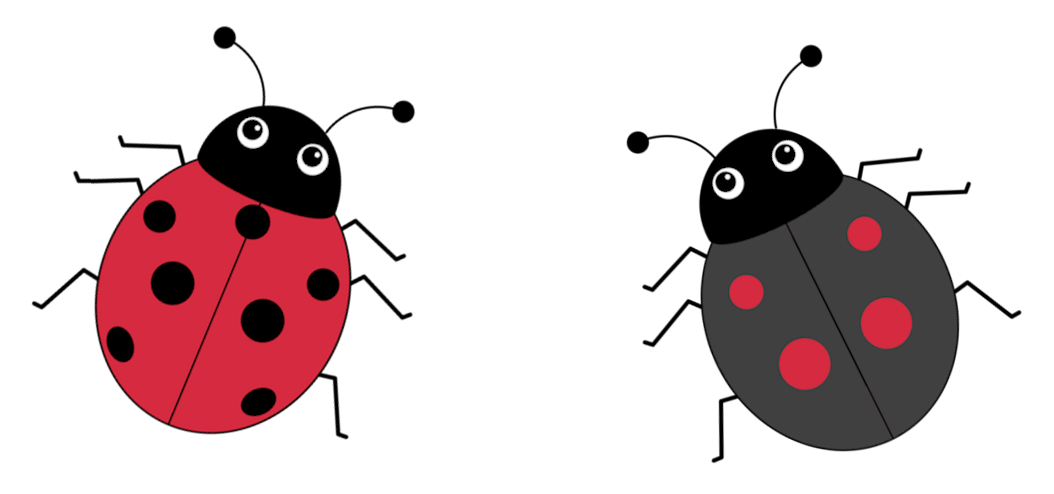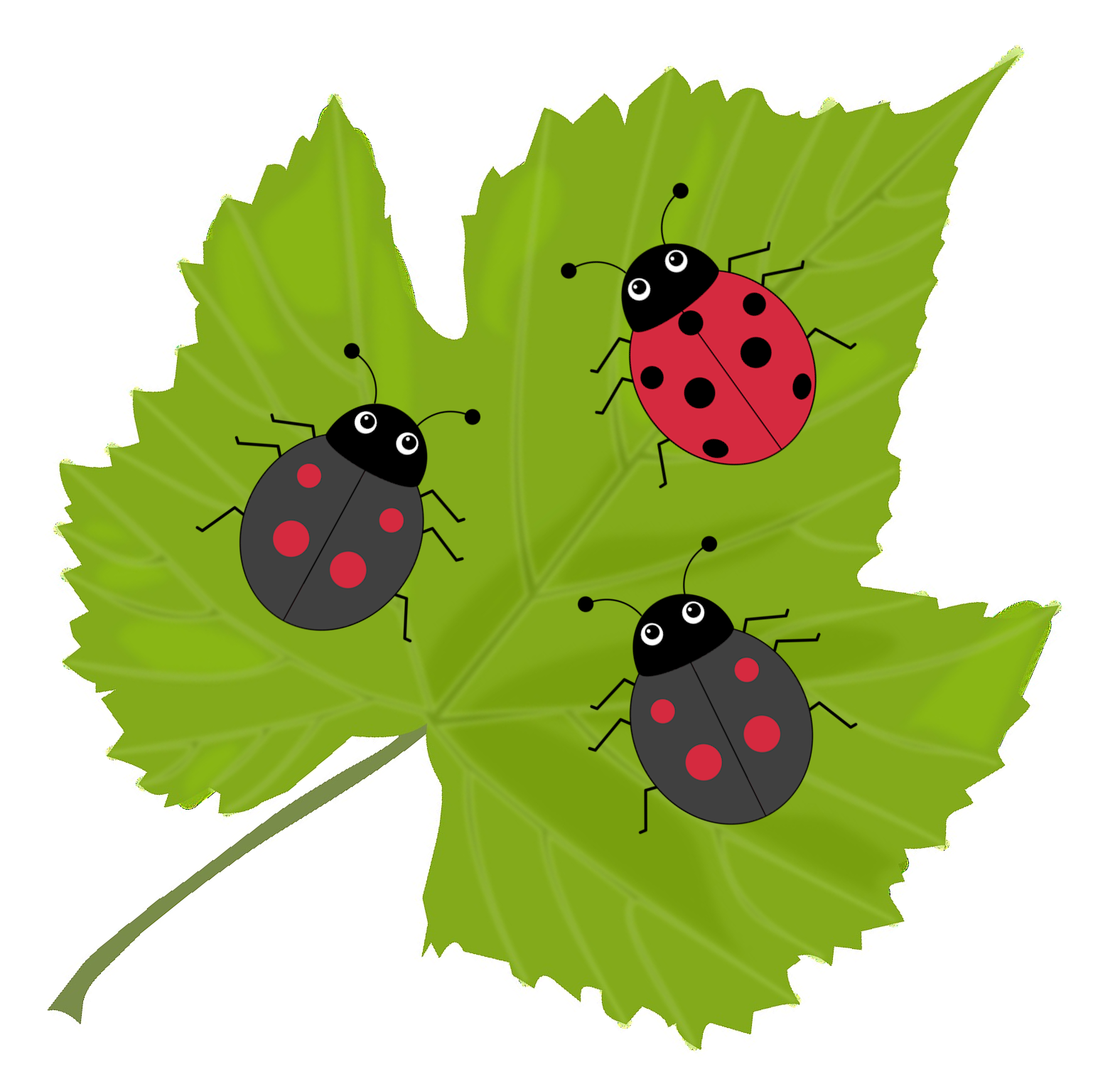Copyright © University of Cambridge. All rights reserved.
'Ladybirds in the Garden' printed from https://nrich.maths.org/
Show menu
Why do this problem?
Ladybirds in the Garden is a good problem for children to practise addition, subtraction and possibly multiplication. It is a useful context in which to encourage learners to "have a go" and "play" with numbers, but then you can focus on having a system to find all the possible totals and giving reasons why some can't be made.
Possible approach
It would be good to have the two pictures of the ladybirds in the problem displayed for the children to see, either printed off or on screen. You could get them started simply by asking how many spots there are altogether on the two, then how many on the picture of the three. You might say that you're picturing some ladybirds on a leaf whose spots add to $16$ and ask children in pairs to think about which ladybirds they are.
You could bring their ideas together by asking them to write each different total, and how they made it, on a strip of paper. Gather these strips on the board or a wall and ask the children to arrange them in numerical order. Draw out a list of numbers which haven't been made and ask all pairs to check that they're sure they are impossible. The important point here is for pupils to try to explain why these totals can't be made. Ask pairs to convince each other and then invite some explanations for all to hear.
Key questions
Which totals have you found so far? Which ladybirds made these totals?
Possible extension
The article, Opening Out, suggests possible routes for further investigation in general, but this problem is also mentioned specifically. Children could be asked what combination of spots would be needed to be able to generate all the numbers under $30$. Would it be possible to do this without a one-spot ladybird? If we couldn't use a one-spot ladybird, what totals would be possible?
Possible support
Some children might find it useful to have a sheet with consecutive numbers from $1$ to $29$ written on so that they can fill in ways of making each total as they go along. Calculators might be available, or other apparatus to support the arithmetic, for example a hundred square, numberline, Cuisenaire rods or counters/cubes. You might want to print out a sheet of ladybirds and cut these into cards for children to choose from. To make the task even more accessible, you could choose and create ladybirds with $2$ or $3$ spots instead.

